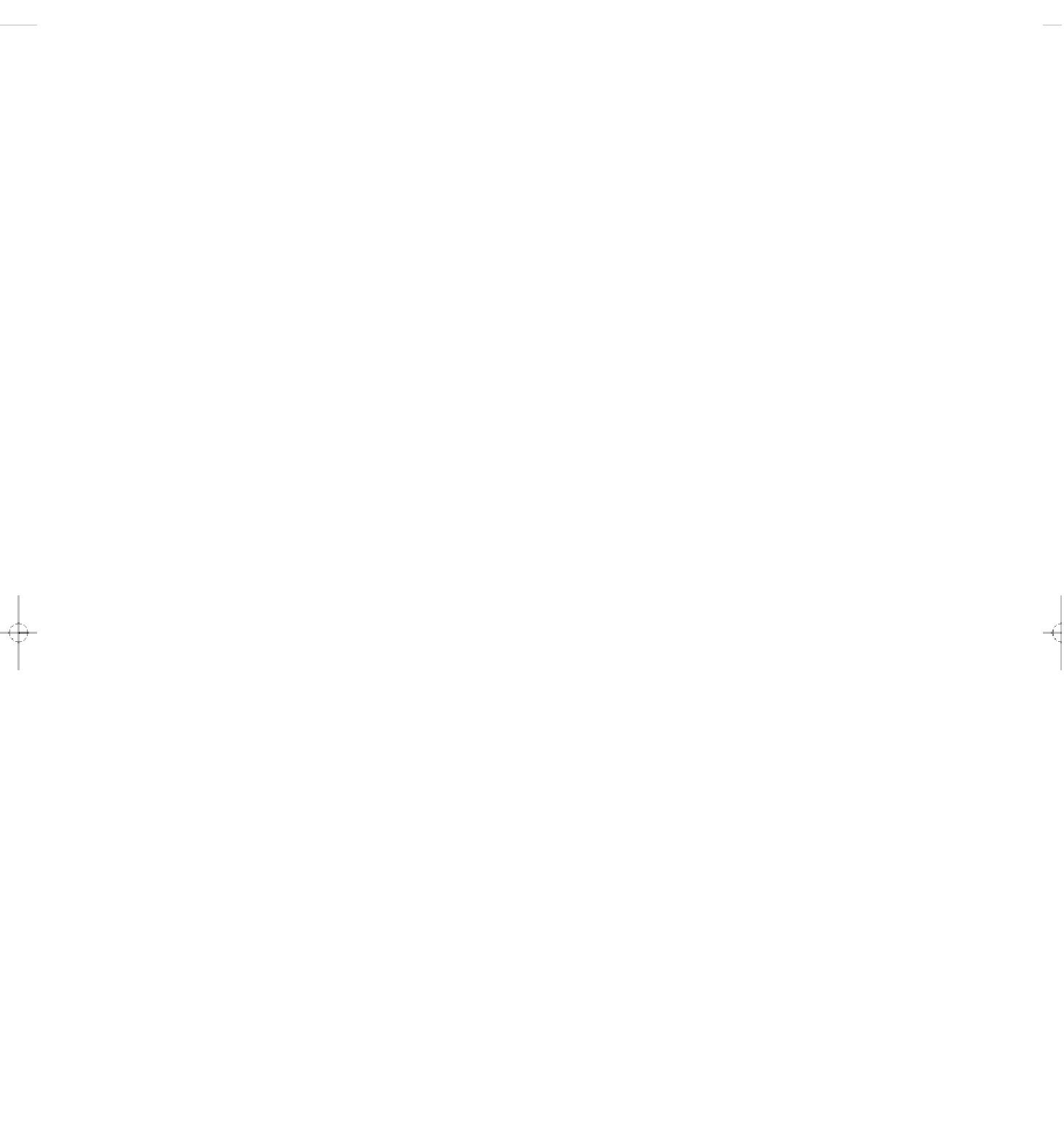Environmental Engineering Reference
In-Depth Information
Figure 5-18
Natural capital:
some components and inter-
actions in a
temperate decidu-
ous forest ecosystem.
When
these organisms die, decom-
posers break down their organic
matter into minerals that plants
use. Colored arrows indicate
transfers of matter and energy
between producers; primary
consumers (herbivores); sec-
ondary, or higher-level, con-
sumers (carnivores); and
decomposers. Organisms are
not drawn to scale. The photos
show a temperate deciduous
forest in Rhode Island during fall
(left) and winter (right).
Broad-winged
hawk
Broad-winged
hawk
Hairy
woodpecker
Hairy
woodpecker
Gray
squirrel
Gray
squirrel
White oak
White oak
White-footed
mouse
White-footed
mouse
Metallic
wood-boring
beetle and
larvae
Metallic
wood-boring
beetle and
larvae
White-tailed
deer
White-tailed
deer
Mountain
winterberry
Mountain
winterberry
Shagbark hickory
Shagbark hickory
May beetle
May beetle
Racer
Racer
Long-tailed
weasel
Long-tailed
weasel
Fungi
Fungi
Wood frog
Wood frog
Bacteria
Bacteria
Producer
to primary
consumer
Primary
to secondary
consumer
Secondary to
higher-level
consumer
All producers and
consumers to
decomposers












